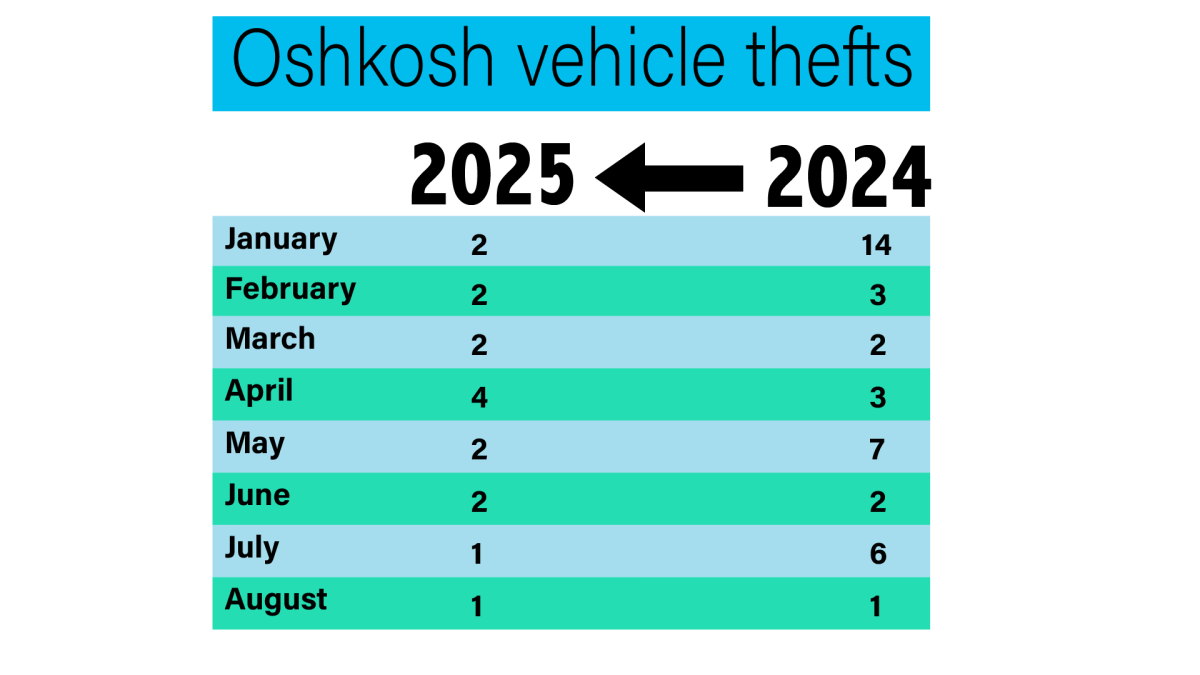
Interest is a factor in many financial endeavors. When it comes to credit or loans, you want to find the lowest interest rate possible. However, when it comes to savings, interest rates work in your favor.
With a little bit of knowledge and understanding of interest rates, you can really make your money work for you.
Compound interest
We talk about the “magic” of compound interest because it can work wonders when you leave your money in a savings account with a generous rate.
Compound interest can accrue:
- Daily
- Monthly
- Quarterly
With compound interest, earnings are added to your principal to form a new base on which you earn the next round of interest. Remember, your principal is the original amount of money you deposited into your account.
Interest on your interest can really add up — this calculator shows how.
Simple interest
Another type of interest is simple interest. Your money can also earn money off of simple interest, which is calculated annually on the amount you deposit.
How can you tell the difference?
If the nominal rate (the interest rate before inflation is taken into account) and the APY are the same, you’re earning simple interest.
If the APY is higher, you’re earning compound interest.
Want to see the difference in action? Try out this handy simple vs compound interest calculator.
Where do I find these types of interest?
Compound and simple interest are a part of savings accounts, money market accounts and certificates.
These accounts differ on minimum balance requirements, term limitations and access to cash. Talk with a financial specialist or compare accounts online to figure out which one is right for you.
Saving is an important part of financial well-being because it involves making money on your money without lifting a finger. Now isn’t that magical?
Candice Wagner is a senior content writer with the UW Credit Union.










